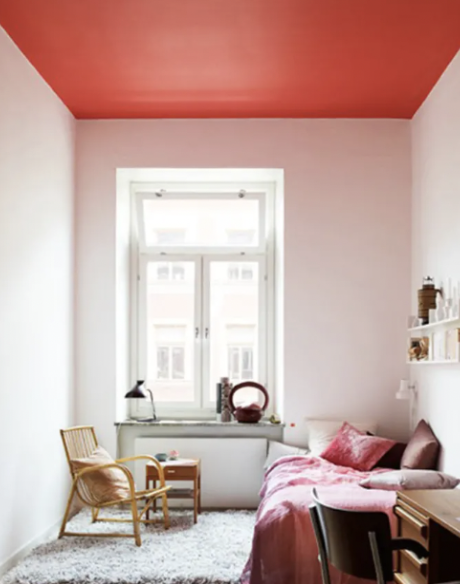Transforming small spaces with strategic paint choices can make a significant impact on the overall feel and functionality of your home. The right colors and techniques can create an illusion of space, enhance natural light, and add character to even the tiniest rooms. Here are some tips and tricks to help you make the most of your small spaces with paint.
Choosing Light Colors
One of the most effective ways to make a small room feel larger is by using light colors. Shades like white, light gray, and soft pastels reflect more light, making the space feel open and airy. Light colors on the walls and ceiling can visually expand the room and create a brighter environment.
Utilizing Dark Colors
While light colors are typically recommended for small spaces, dark colors can also be effective when used strategically. Darker shades can add depth and coziness to a room, making it feel more intimate. To avoid making the space feel cramped, consider using dark colors on an accent wall or in combination with lighter hues.
Creating Continuity
Using the same color or similar shades throughout adjoining rooms can create a sense of continuity and flow, making the entire space feel larger. When you use a consistent color palette, the eye moves smoothly from one room to the next, reducing visual barriers and enhancing the overall sense of space.
Accent Walls
An accent wall can add visual interest and break up the monotony of a small room. Choose a bold color or interesting pattern for one wall to draw attention and create a focal point. This technique can also help to define different areas within an open-plan space.
Vertical Stripes
Painting vertical stripes on the walls can create the illusion of height, making the room feel taller. Use contrasting colors or different shades of the same color to add dimension and visual interest. This technique works particularly well in rooms with low ceilings.
Horizontal Stripes
Horizontal stripes can make a narrow room feel wider. This technique can be used to visually stretch the space and create a more balanced proportion. Use subtle stripes for a sophisticated look or bold stripes for a more dramatic effect.
Monochromatic Color Schemes
A monochromatic color scheme involves using different shades of the same color throughout the room. This approach can create a cohesive and harmonious look, making the space feel more expansive. Choose a color you love and use varying intensities on the walls, trim, and furnishings.
Reflective Finishes
Glossy or satin finishes reflect light and can make a room feel more open. Consider using these finishes on walls, ceilings, or even furniture to enhance the natural light in the space. Reflective surfaces like mirrors and metallic accents can also help to bounce light around the room.
Paint the Ceiling
Painting the ceiling the same color as the walls can create a seamless look, making the room feel larger. Alternatively, using a lighter color on the ceiling can draw the eye upward and give the illusion of height. For a more dramatic effect, consider painting the ceiling a bold color to add a touch of elegance and interest.
Color Placement
Strategic color placement can make a big difference in how a room feels. For example, painting the walls and ceiling in a continuous color can blur the edges of the room, making it feel more expansive. Conversely, using contrasting colors on different surfaces can define the space and add structure.
Conclusion
Transforming small spaces with strategic paint choices is an effective and affordable way to enhance your home’s aesthetic and functionality. By understanding how colors interact with light and space, you can create an environment that feels larger, brighter, and more inviting. Whether you opt for light or dark colors, accent walls, stripes, or reflective finishes, the key is to use paint creatively and thoughtfully to make the most of every inch of your home.

